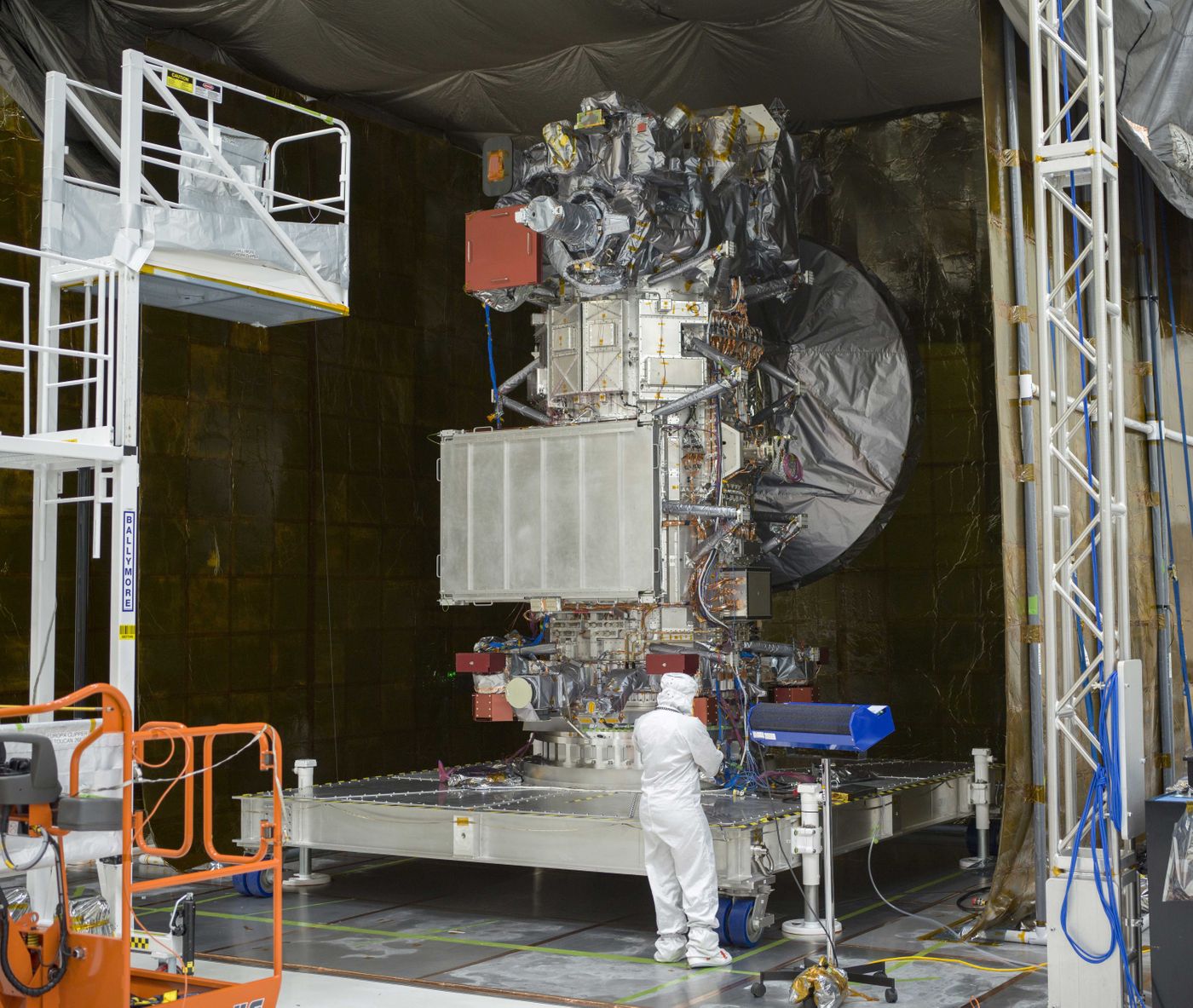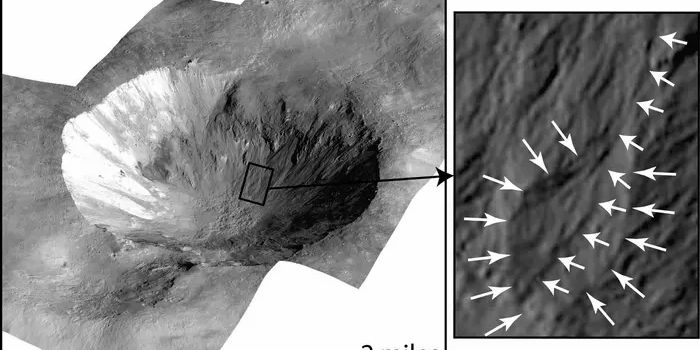NASA Europa Clipper is Packed Up for its Trip to Jupiter
A mission more than a decade in the making, NASA’s Europa Clipper is slated to greatly expand our understanding of Jupiter’s icy moon, Europa, including whether it could support life. These findings will be conducted by a suite of powerful instruments contributed by a myriad of academic and research institutions across the United States. Recently, NASA JPL finished installing all these instruments on the pioneering spacecraft, bringing it one major step closer to its launch, which is currently scheduled for October of this year.
“The instruments work together hand in hand to answer our most pressing questions about Europa,” said Dr. Robert Pappalardo, who is the project scientist on Europa Clipper. “We will learn what makes Europa tick, from its core and rocky interior to its ocean and ice shell to its very thin atmosphere and the surrounding space environment.”
The nine instruments that will be responsible for accomplishing the fantastic science during the mission include the Europa Imaging System (EIS), Europa Thermal Emission Imaging System (E-THEMIS), Europa Ultraviolet Spectrograph (Europa-UVS), Mapping Imaging Spectrometer for Europa (MISE), Europa Clipper Magnetometer (ECM), Plasma Instrument for Magnetic Sounding (PIMS), Radar for Europa Assessment and Sounding: Ocean to Near-surface (REASON), MAss Spectrometer for Planetary EXploration/Europa (MASPEX), SUrface Dust Analyzer (SUDA).
Image of NASA’s Europa Clipper with all its scientific instruments installed at NASA JPL. (Credit: NASA/JPL-Caltech)
Upon reaching Europa in April 2030, Europa Clipper is slated to conduct 49 flybys of the small moon to take images of Europa’s craterless and groove-filled surface, coming as low as 16 miles (25 kilometers), along with gathering data about the interior ocean, which is currently hypothesized to contain more than twice as much liquid water as the Earth. The reason for the flybys instead of directly orbiting Europa is due to the elliptical orbit that Clipper will perform around Jupiter to achieve the extremely low altitudes around Europa. Additionally, Clipper will have to constantly adjust its trajectory so it can accomplish low altitudes at different locations above Europa.
What new science and discoveries will Europa Clipper allow us to make about Europa and its interior ocean in the coming years and decades? Only time will tell, and this is why we science!
As always, keep doing science & keep looking up!









